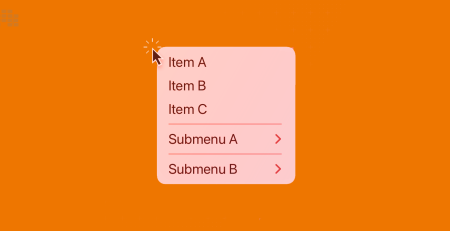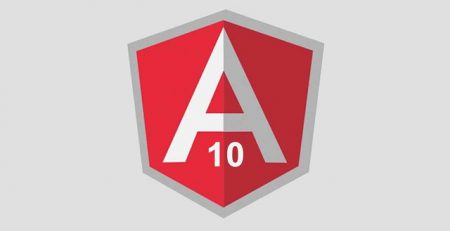Building Interactive Web Apps with WebAssembly: Tips and Tricks
Conveying wealthy and locks in buyer encounters has gotten to be a beat need within the ever-changing world of web improvement. With the assistance of WebAssembly, too known as WASM, developers can presently construct high-performance online applications that run nearly as fast as local code. To assist you get the foremost out of this cutting-edge innovation, we’ll investigate the domain of building intelligently web applications with WebAssembly in this blog post.
Understanding WebAssembly
A binary instruction format called WebAssembly enables programmers to run code in web browsers at speeds that are very close to native. By allowing code written in languages like C++, Rust, and others to be performed alongside JavaScript code, it is intended to complement JavaScript and enhance web app performance. This creates new opportunities for creating sophisticated, high-performing applications that function flawlessly in browsers.
Why Choose WebAssembly for Interactive Web Apps?
- Speed and Performance: WebAssembly runs at close-to-native speed, ensuring smooth interactions and seamless animations for your web apps.
- Code Reusability: If you have existing code written in languages like C++ or Rust, WebAssembly allows you to reuse that codebase in your web applications.
- Security: WebAssembly code is executed in a sandboxed environment, enhancing security by isolating it from the rest of the web page.
- Browser Compatibility: Major browsers, including Chrome, Firefox, Safari, and Edge, have embraced WebAssembly, ensuring broad compatibility.
- Reduced Loading Times: WebAssembly modules are smaller in size compared to equivalent JavaScript code, leading to faster loading times.
Tips for Building Interactive Web Apps with WebAssembly
1. Choose the Right Use Cases
Consider using WebAssembly for computationally intensive tasks or when working with libraries that are already available in languages like C++ or Rust.
2. Optimize and Profile Your Code
Just like any other development, profiling and optimizing your code are crucial. Tools like profilers can help you identify performance bottlenecks.
3. Use the Right Tools
Leverage tools and frameworks like Emscripten and AssemblyScript to compile your code into WebAssembly-compatible formats.
4. Understand Interoperability with JavaScript
WebAssembly works well with JavaScript, allowing you to seamlessly integrate WebAssembly modules with your existing codebase.
5. Manage Memory Carefully
WebAssembly’s memory model is different from JavaScript’s. Be mindful of memory allocation and deallocation to avoid memory leaks.
6. Keep Accessibility in Mind
Ensure that the interactive features you’re building with WebAssembly are accessible to all users, including those with disabilities.
Examples of Interactive Web Apps with WebAssembly
- Online Image Editors: Create image editing applications with responsive, real-time adjustments and filters.
- Games: Build interactive games that deliver high-performance graphics and fluid animations.
- Visualization Tools: Develop data visualization tools that handle large datasets and render complex charts.
Conclusion
WebAssembly ushered in a new era of web development by enabling developers to create interactive online applications with unprecedented speed and efficiency. By understanding the benefits, choosing the right use cases, and following best practices, you can use WebAssembly to create a user experience that’s as compelling as a native program. Whether you’re improving your existing code or innovating, WebAssembly allows you to extend your interactive applications online.
Remember that with any technology, practice makes perfect. Start small, experiment, and gradually add WebAssembly to your development kit. Your adventure in the world of interactive web applications has just begun and the possibilities are endless.










Leave a Reply